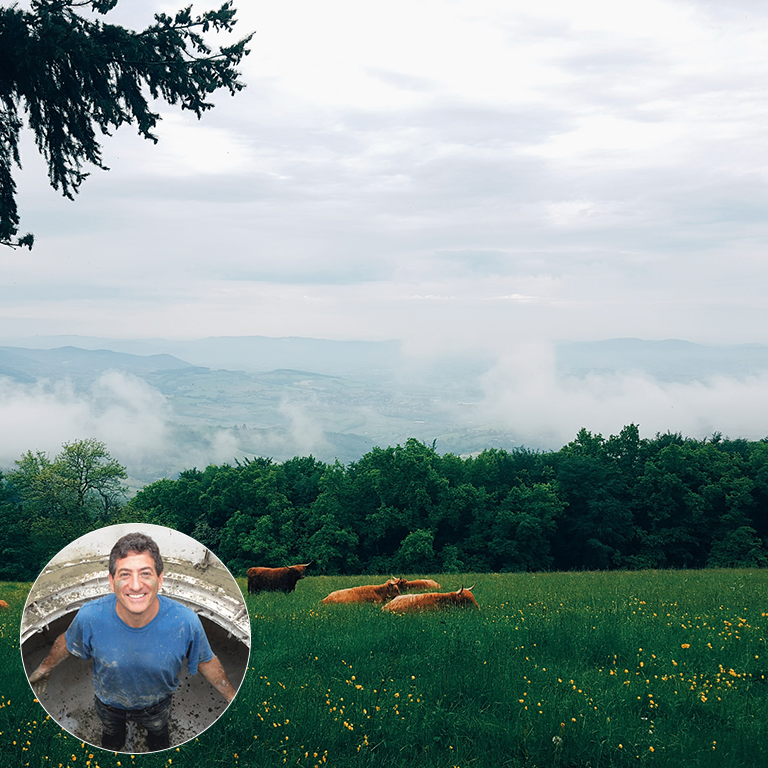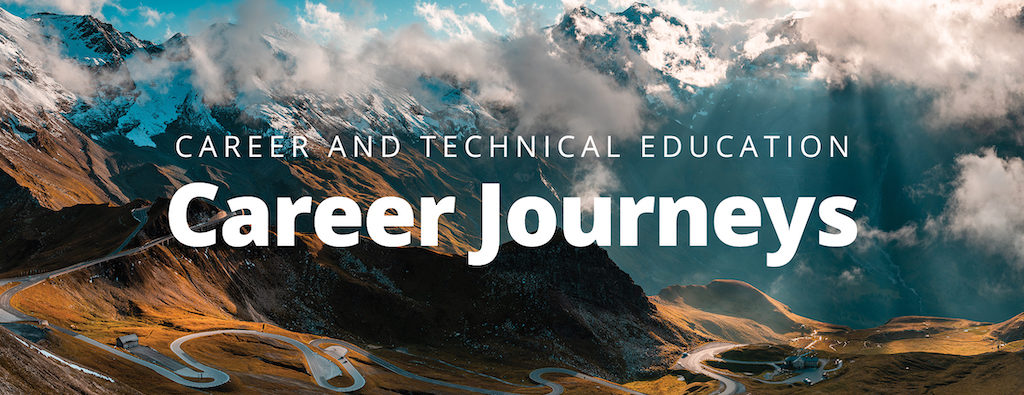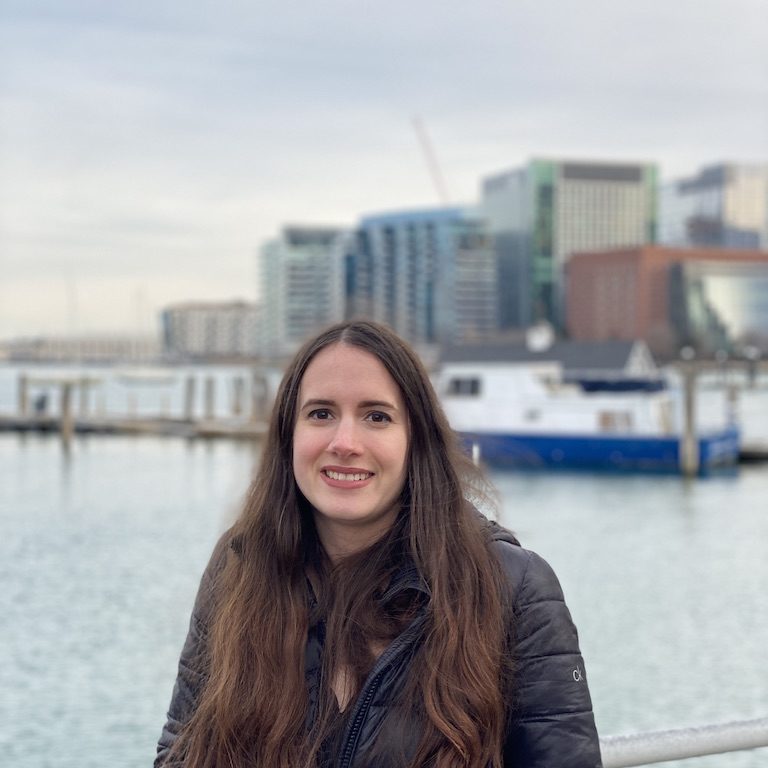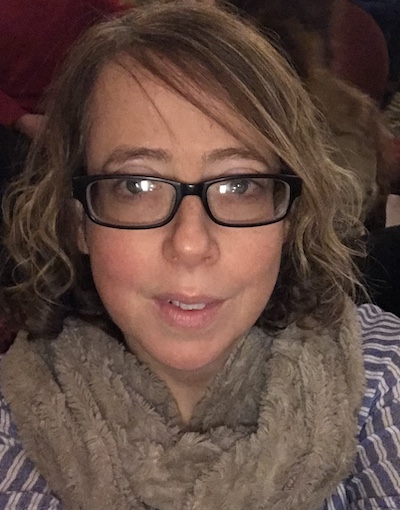CTE Career Journeys – Marketing Manager
Abigail Hess
Product Marketing Manager • Career and Technical Education • National Geographic Learning | Cengage
The Career and Technical Education (CTE) Career Journeys series is aimed to shed light on current career trends as they align to student career clusters. In this series installation, we have interviewed Rustin Nethercott, a Marketing Manager in the Health Science career cluster. Rustin shares with us the career journey that lead him to his current role with GRIT. He dives into how his current role interfaces with other job functions, what he enjoys best about his position, the challenges of the job, how he expects the industry to change over the next decade, and advice for current high school students. This series also offers career outlook data collected from the U.S. Bureau of Labor Statistics.
Interview information
Name: Rustin Nethercott
Title: Marketing Manager
Career Cluster: Health Science
Company: GRIT
Additional Career Highlight Information
Career Outlook: 6% increase (faster than average)
Average Salary: $135,900 per year
Education Needed: Bachelors Degree. Courses in business law, management, economics, finance, computer science, mathematics, and statistics are advantageous. For example, courses in computer science are helpful in developing an approach to maximize online traffic, by utilizing online search results, because maximizing such traffic is critical for the success of digital advertisements and promotions. In addition, completing an internship while in school can be useful.
*All career outlook data is collected from the U.S. Bureau of Labor Statistics

Question and Answer with Rustin Nethercott
Q: Describe your career journey, how did you earn your current title? Please include any required education, certifications, skills, or personal qualities you believe helped you achieve your current role. How did you decide this industry is where you would like to work?
A: I actually studied psychology back in school, only took one or two marketing classes, but I found myself pretty early on working for the [University of Vermont] Business school doing graphic design and helping them with marketing communications to start getting involved in the business world. I grew up in very rural Vermont, so business was a very foreign concept, so I had to learn on my feet. After graduating from UVM, I ended up packing all my dress clothes into a backpack and hitchhiking all the way to Boston with no job lined up or anything.
I made a list of every company I wanted to do marketing work for and pretty much went door-to-door talking to everyone I could until I luckily found a job and didn’t have to admit defeat
I ended up working at Constant Contact, an email marketing service provider, in a content marketing role creating collateral. It was work very much focused on helping people market their small businesses, not as much product-focused as general marketing.
I loved the creation aspect, but I wanted to be a little closer to driving revenue, so I found a job at a start-up called Appcues in a Growth Marketing Manager role, which was more about owning the customer acquisition side of marketing, driving leads to sales and converting leads, which was less brand-marketing and more sales-marketing. I was hire number 28 and by the time I left, there were about 80 people employed.
After that, I spent some time consulting thanks to an amazing opportunity with this senior marketer whom I really respect. I worked under his wing for a year, learning as much as I could about marketing consulting. He then ended up introducing me to the company I am now at, GRIT. GRIT is an amazing company that designs, builds, and sells the GRIT Freedom Chair, an all-terrain manual wheelchair built out of mountain bike parts.
Once I got in touch with this group, a super small team of wonderful people, I absolutely loved it. I started as a consultant there and shifted to working full-time after a couple of months. Now, I’ve been there a year and run their marketing program, just trying to grow the company as much as possible.
I was always fascinated with what we care about as people, what makes us feel connected, and what provides meaning to us. Marketing gave me a chance to work in the business world but still not abandon the ideals of connection and being person-centric. I think really good marketing should feel really good to the person consuming it as well. It should make them feel more understood, which is what I was always fascinated with in the study of psychology, what makes people feel recognized and less existentially isolated. My goal is to do that with marketing as much as possible.
Q: How does your role interact with others? (co-workers, customers/patients/clients, other companies/organizations, and the community?)
A: We’re a very small team with about 6-8 people so we all work very closely together. Right now, we are trying to create a bit more organizational structure as we continue to grow, to avoid the “too many cooks in the kitchen” dilemma. We are all trying to solve problems and we want everyone contributing who we think could help solve that problem. Every day is in a state of collaborative flux; we can get together and have a super casual conversation in which we’re trying to solve something. Often, the issue at hand isn’t in one person’s domain but because they may have valuable and relevant experience and perspective, they always get looped into the conversation.
We’ve done a bit of co-marketing and partnerships. We’re in an interesting industry where there are not that many people doing what we do in the way that we do it. We sell directly to the consumer which is very different from the way most of the industry operates with distributors. So, because the other businesses’ models haven’t developed the brand in the way we have focused on, there is not as much overlap in terms of the market as you’d think. We do work a lot with partnerships, for example, we have a contract with the VA (Veterans Administration), we work with state and national parks to help get chairs there, and other programs as well.
Q: What do you like best about your current role?
A: I just love problem-solving. I love being able to solve problems in a lot of different areas. For me, because I am a team of one (aside from managing a few freelancers), it’s mostly just me in it trying to solve marketing problems. It means that every day, I’m going to be solving a hundred different problems in a hundred different areas. The parts of my brain I get to use are very different depending on what problem I’m solving. I do a lot of operational and analytical thinking going through data and going through our building systems, but then I get to take a break from that and write copy for a few hours or do some graphic design, or talk to customers, or brainstorm with team members. It’s an awesome way I can utilize all these different parts of myself that I really like without one becoming stale or one that I have to base my entire identity around.
Q: What kind of challenges do you come up against in your current role?
A: You’ve got to be pretty scrappy when you’re a small company. I have been at big companies with big budgets, but where we are here, we’ve got to make the most of what we have. That means in terms of how much we spend, our bandwidth, hours in the day, etc. I also think that the challenges are more fun because we are selling a very different product in a very different way than most people.
My background is in software, and it’s great that I’ve gotten that experience, but I pretty much had to throw out that whole playbook as soon as I got here. There’s not a lot of equivalencies in terms of our work that’s being done especially in Boston, which is so SaaS and B2B focused. We can see what other people are doing and I can talk to some of my connections to get suggestions, but I am in a unique position that I’m kind of here alone. I have to make things up as I go along, we’ve got to move quick, we’ve got to break a lot of things, and we’ve got to try a lot of things that just don’t work. I think when you give yourself the freedom to make those mistakes, and when you base success around learning rather than set metric success every single time, it opens the door to so much more information. I’d rather launch a campaign that didn’t necessarily hit it out of the park but learn so much and apply it later to 10 different campaigns rather than winning and not knowing why. So, it’s never going to be easy and you’re rarely going to have a layup of a day where you drive so much revenue without trying, but it’s always going to be a day full of problems that I enjoy solving.
Q: How do you expect your role or industry to change over the next decade? The next few years?
A: In my space of performance marketing and demand/growth, automation is getting so good. All of these tools and ad platforms are being able to run themselves and that’s only going to get better. But I think rather than putting anyone out of work, it’s just shifting the skillsets people need to a slightly higher level. So, rather than knowing how to manually set the right bids on an ad, you have to know the overarching strategy. A little less tactics and a little more strategy is where a lot of people are going to have to direct their careers.
Q: What advice would you give a high school student who is interested in working in your industry?
A: Don’t stress too much about what major to choose – while people do like to still see the credentials (although you are getting that less and less, especially in marketing), any major is about as good as any other, in my experience. I majored in Psychology and it’s never held me back–people don’t really care or ask why I didn’t study marketing, but I would say it is a very hard industry to go into without any experience.
It’s a classic catch 22, you need experience to get experience. To get an entry-level job without ever having an internship in something marketing-related is going to be very difficult. I’d say if someone won’t give you an internship, create one. Create your own blog, create your own website, do your own SEO, design the thing yourself, write the thing yourself, don’t wait for someone’s permission to start doing marketing. You don’t need that. You can create your own stuff, you can grow your own following and social accounts, that’s the amazing thing now that we no longer really need people to hold the doors for us. The barriers can be overcome by yourself.
You don’t necessarily need a college degree to learn, you can always look for ways to improve yourself online because there are so many amazing courses for free. You just have to start. It’s an industry where you should always be looking for ways to improve yourself and you should have fun doing it. I always prioritize improving my skill set and getting better at what I do. You’re going to end up a better marketer that way in the long run. Prioritizing your own learning and growth over salary is what really ends up paying off.


















